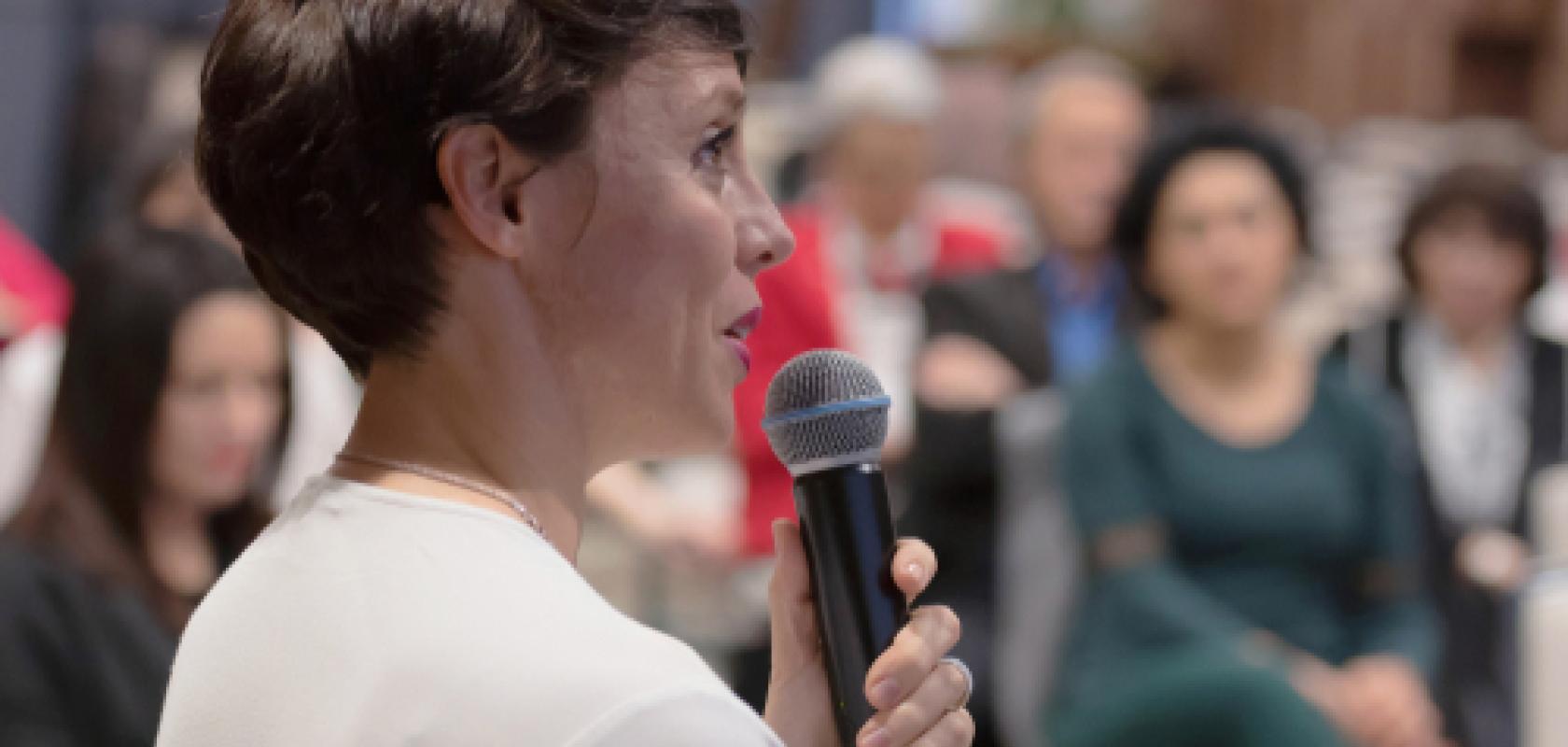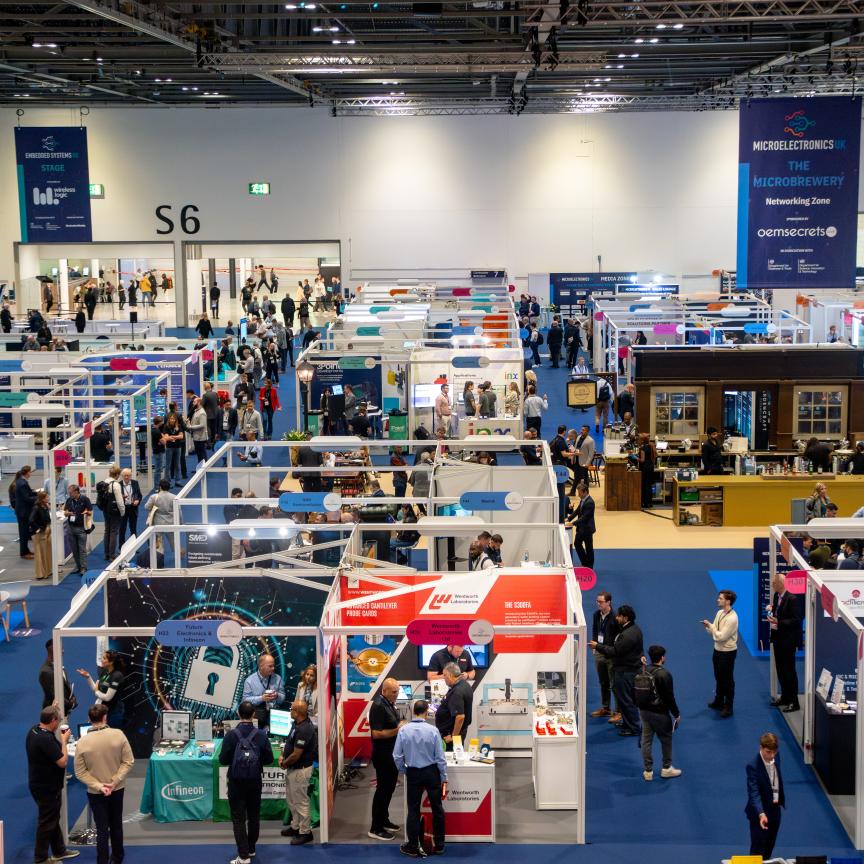The European Optical Society launched the EOS Early Career Women in Photonics Award in 2015 to recognise young female scientists that have made outstanding contributions to photonics. We look at past winners to discover their success and motivation
Laura Na Liu (2015 joint winner)
Professor Laura Na Liu received her PhD in Physics at University of Stuttgart. She then worked as a postdoctoral fellow at the University of California, Berkeley and then as a Texas Instruments visiting professor at Rice University.
Prior to this, she was a professor at the Kirchhoff Institute for Physics at University of Heidelberg in 2015, after working as an independent group leader at the Max-Planck Institute for Intelligent Systems. In 2020, she joined University of Stuttgart and became the Director of the Physics Institute.
Liu’s research sits at the interface between nanophotonics, biology and chemistry. Her group focuses on developing sophisticated and smart optical nanosystems for answering structural biology questions, as well as catalytic chemistry questions in local environments.
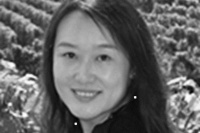
Liu has received several awards: in 2014, the Heinz Maier-Leibnitz Award from the German Research Foundation and an ERC starting grant from the European Research Council; the IUPAP Young Scientist Prize in Optics from the International Commission for Optics in 2016; in 2018, the Rudolf-Kaiser Prize and the Kavli Foundation Early Career Award in Materials Science; in 2019, the Adolph Lomb Medal and the Rising Researcher Award (SPIE), the EU-40 Materials Prize (E-MRS) along with Fellow of the Max Planck School Matter to Life and the Nano Letters Young Investigator Lectureship Award; in 2018 and 2019 she also received the Highly Cited Researcher by the Web of Science; and, in 2020, was nominated as Max Planck Fellow and OSA fellow.
Liu encourages anyone who would like to pursue a career in photonics to familiarise themselves with some classical literature on the topic, to name a few; Plasmonics: Fundamentals and Applications by Stefan Maier and Principles of Nano-optics by Lukas Novotny. In Liu’s experience, women are unfortunately underestimated at times. Her advice for other women in the field is: ‘At first be sure what you want to do in your life; once the decision is made, be very focused and make your signature contributions to the field.’
Nathalie Vermeulen (2015 joint winner)
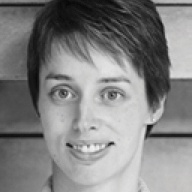
Dr Nathalie Vermeulen is a tenure track professor at the Faculty of Engineering of the Vrije Universiteit Brussel (VUB). She was born in Duffel, Belgium in 1981, and obtained her MSc degree in Electrotechnical Engineering in Photonics in 2004 and PhD degree in Engineering in 2008, both from VUB.
Vermeulen then continued her research in the Brussels Photonics (B-Phot) research group with an FWO PostDoc research grant. In 2013, after obtaining a Starting Grant from the European Research Council (ERC), she became professor at B-Phot teaching laser physics.
Her area of specialisation is nonlinear-optical light generation and lasers. During her PhD she investigated both Raman laser sources and mid-infrared solid-state lasers. Her current research activities are focused on graphene-based nonlinear optics and integrated diamond photonics.
Vermeulen’s awards include: the Spectra-Physics Research Excellence Award in 2007; the European Photonics21 Innovation Award in 2010 and the VUB Ignace Vanderschueren prize in 2014. She was awarded an ERC Starting Grant for her project Nexcentric in 2013, and she co-ordinated a European Future and Emerging Technologies (FET) project called Graphenics between 2013 and 2017.
‘There is an artistic touch to light. Anything visual is connected to light, and light thus is essential in all visual art forms, like painting, sculpting, filmmaking, and so on,’ Vermeulen said. Her advice to other women is: ‘Take advantage of the chances given to you. Work hard, be brave. Don’t be afraid of the competition and never give up.’
Francesca Calegari (special recognition 2015)
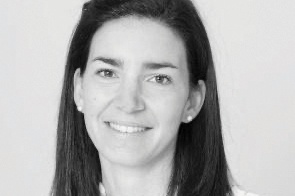
Dr Francesca Calegari is a professor of physics at the University of Hamburg and leads the Attosecond Science division at the German Electron Synchrotron (Desy).
She was born in Milan, Italy, in 1981 and obtained her MSC degree in Physics from the University of Milan in 2005.
In 2009, she obtained her PhD degree in Physics from the Polytechnic University of Milan. She worked as a staff researcher at the Institute for Photonics and Nanotechnologies (IFN) of the Italian National Research Council (CNR) in Milan from December 2011 to August 2016.
In 2017, she received the ICO prize and the Ernst Abbe medal from the International Commission of Optics. She also received an ERC starting grant of €1.5m for the Starlight project – ‘Steering attosecond electron dynamics in biomolecules with UV/XUV light pulses’ (2015-2020).
In 2018, she received the Zdenek Herman Molec Young Scientist Prize. In addition, she has received the fellowship from the OSA in 2020.
In her opinion, this is the right moment in history. A lot of institutions are pushing women to get in the top positions. Her advice to other women wanting to pursue a career in photonics: ‘Push to get good results! Do a lot of networking.’
Camille-Sophie Bres (2016 winner)
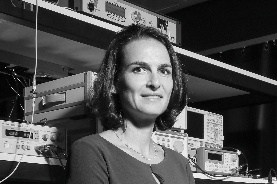
Dr Camille-Sophie Bres is an associate professor at the Institute of Electrical Engineering in the School of Engineering of EPFL, Lausanne, Switzerland. She was born in France in 1980, and in 2002 obtained her BEng in Electrical Engineering from McGill University in Montreal, Canada.
In 2007 she obtained her PhD degree in Electrical Engineering from Princeton University, New Jersey, United States. From 2007 to 2011 she was a postdoctoral researcher at the University of California San Diego, within the department of Electrical and Computer Engineering. In July 2011, she joined the Institute of Electrical Engineering at EPFL as a tenure track assistant professor and head of the Photonic Systems Laboratory, and was promoted to associate professor in 2019.
Her research interests are centred on leveraging and enhancing nonlinear optical processes in waveguides for ultrafast signal processing, light generation and sensing. Along with leading her research group, she is also passionate about teaching. She teaches both undergraduate and graduate students educating future engineers and scientists.
In 2002 she received the Gordon Wu Fellowship for her graduate studies, and the NSF Cians Diversity Postdoctoral Fellowship in 2009.
She was awarded an ERC starting Grant Mattisse in 2012, ERC consolidator grant Pissarro in 2017 and ERC proof-of-concept grant Swip in 2019. In 2020 she became an OSA fellow member.
As a woman in photonics, she believes that this field is still dominated by men, and women face unconscious biases, and maybe even some conscious ones.
Her advice for other women in the area is: ‘If you are passionate about making a career in photonics, the opportunities are there. So, try to put aside doubts or uncertainties if there are any. After all, there are many very well established and successful women in photonics!’
Ripalta (Patty) Stabile (special recognition 2016)
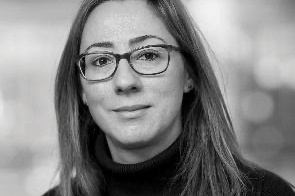
Dr Patty Stabile is an associate professor at the Department of Electrical Engineering, Eindhoven University of Technology (TU/e). She received her MSc in electrical engineering from the Politecnico in Bari in 2004. In 2005 she joined the National Nanotechnology Laboratory in Lecce, where she received her PhD in Nanoscience in 2008.
She moved to the TU/e Cobra Research Institute, where she was a postdoctoral researcher in 2009 and an assistant professor in 2014 within Electro-Optical Communication system group. Since 2011 she has been a visiting scientist at Cambridge University, within the Photonics Research group, and in 2018 at Massachusetts Institute of Technology at the Quantum Photonics group.
She has been a board member of the IEEE Photonics Benelux Chapter since 2016 and a member of the TU/e Young Academy of Engineering. She is the author and co-author of more than 150 papers in journals and prestigious conferences and involved in several EU projects (Passion, Twilight). She is an expert in Indium Phosphide large-scale photonic integrated switch matrices for next generation optical networks, and neuromorphic photonics.
‘Photonics requires passion and originality, and women are very much creative and passionate,’ said Stabile.
‘There are not yet many women in photonics, which sometimes makes it difficult to network and easier to isolate. Do believe in yourself and start conversations first: “Hello, may I introduce myself?” do this many, many, many times. It will eventually pay off!’ EO

